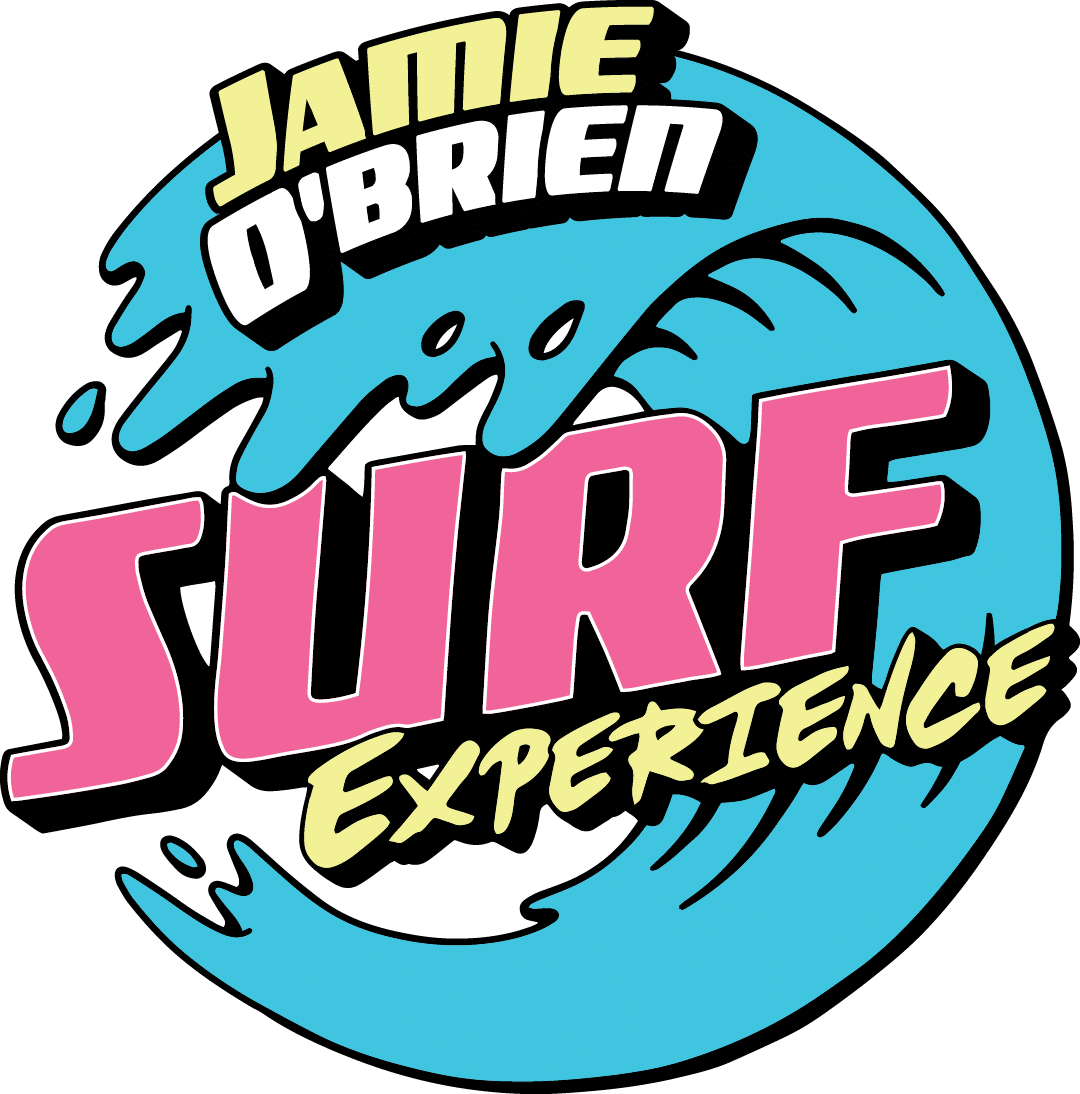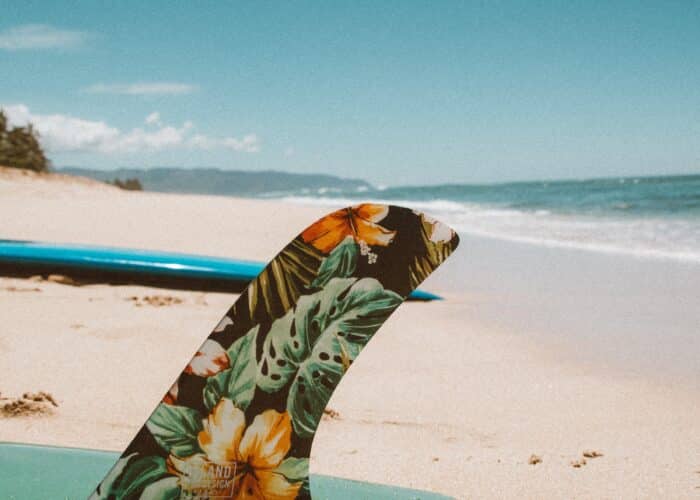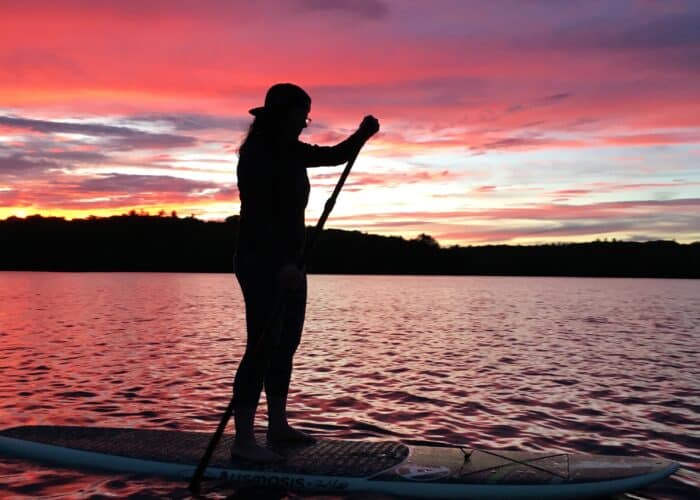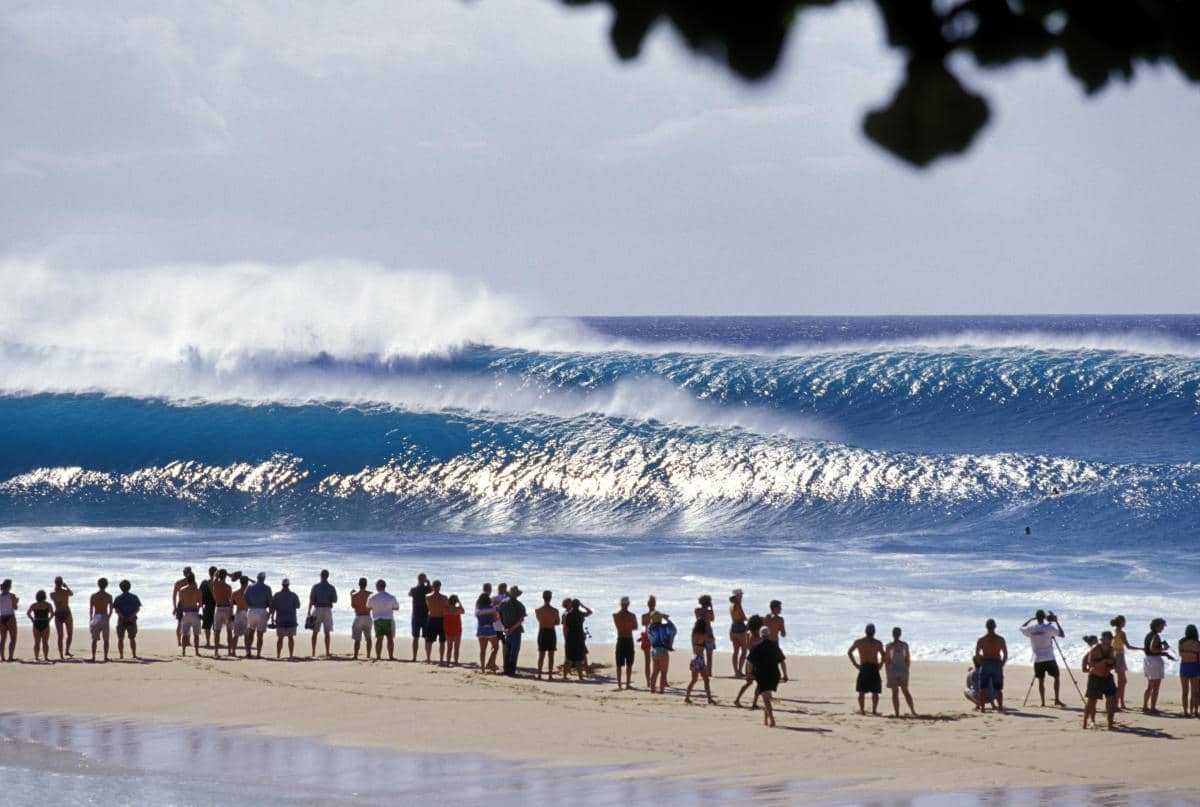
Pipeline isn’t just the defining wave of the North Shore or Hawaii as a whole, it’s the defining wave for the surfing world. No wave is as ferocious, picture-perfect, or universally sought after as Pipeline. A good wave at Pipeline can change a surfer’s life. Pipeline is the most technically challenging and dangerous wave on the planet. It’s also the most beautiful and recognizable. Today, Pipeline and the North Shore are considered the epicenter of the surfing world, but it wasn’t always that way. While modern surfing has been around since the 1930s, the first wave at Pipeline wasn’t surfed until 1961. To learn The History of the Banzai Pipeline, continue reading below.
Pipeline Gets its Name

Pipeline’s name can be traced to the Pacific Theater of the Second World War. In the brutal combat that occurred on the Pacific Front, Japanese soldiers believed it was more honorable to die in combat, than to surrender. When Japanese soldiers charged their enemy, their battle cry was “Tennōheika Banzai,” which translates to ‘long live his majesty the emperor. After World War II, veterans settled on Oahu’s North Shore along the rural stretch of land we now know as the Seven Mile Miracle. When the waves at Pipeline marched towards shore and detonated on the sand, they reminded soldiers of charging soldiers, so they called the area Banzai Beach.
The First Wave Surfed at Pipe
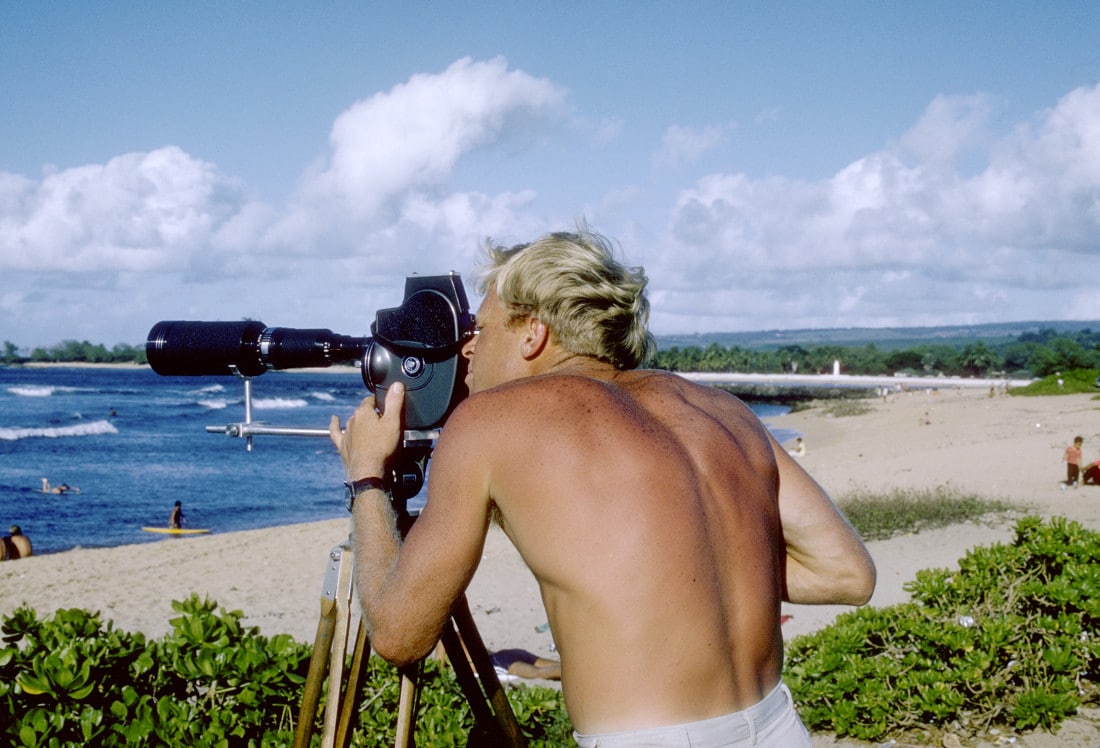
In 1961, two traveling surfers from California arrived on Oahu. The two surfers (Phil Edwards and Mike Diffenderfer, are credited as the first modern surfers to take on the waves at Banzai Beach. The very next day, the pair returned with the late Endless Summer filmmaker Bruce Brown, who captured the session on film. Many of the waves surfed that day can be seen in the 1962 film Hollow Days. When the trio was leaving the beach, they noticed a pile of concrete pipes at a nearby construction site. Noticing the similar shape to the waves they had just surfed, Edwards suggested Bruce Brown call the place Pipeline.
Pipeline’s Greatest

Pipeline may have been pioneered by Phil Edwards and Mike Diffenderfer, but it was made famous by the effortless style of Gerry Lopez, AKA Mr. Pipeline. Gerry Lopez grew up in Honolulu and idolized the style of Hawaiian surfer Paul Strauch. Lopez refined his unique barrel riding technique at Ala Moana Bowls before migrating to the North Shore. Once on the North Shore, Lopez quickly made a name for himself with his late, vertical takeoffs and his nonchalance in the tube. Lopez paved the way for modern surfers at Pipe, taking a radically different approach to the critical wave. Gerry won two Pipe Masters in 1972 and 1973 and would go on to pioneer a number of famed waves in Indonesia, launch his iconic shaping company, and is, to this day, one of surfing’s most beloved characters.
Pipeline Today

Today, Pipeline is the center of the competitive surfing world. The Pipe Masters remains the most coveted title in all of surfing. Every season, professional surfers across the world make the pilgrimage to the North Shore to compete in the CT events and try to snag the Wave of the Winter. Plenty of surfers have made careers off surfing Pipeline. There’s no other place like it in surfing. Jamie has certainly left his mark on Pipeline and is widely considered the best Pipe surfer today. With a 2004 Pipe Masters win, a 2010 Pipe Pro victory, two Wave of the Winter awards, and arguable more tube time than anyone else at Pipe, Jamie has cemented his place in the history of Pipeline.
Just a stone’s throw from the mammoth barrels at Pipeline lies Turtle Bay, a protected bay where soft, beginner-friendly waves break year-round. If you’re staying on the North Shore and want to stay close to the action at Pipeline and along the Seven Mile Miracle, book your stay at Turtle Bay Resort. Learn surfing with the best North Shore surf school, Jamie O’Brien Surf Experience.
